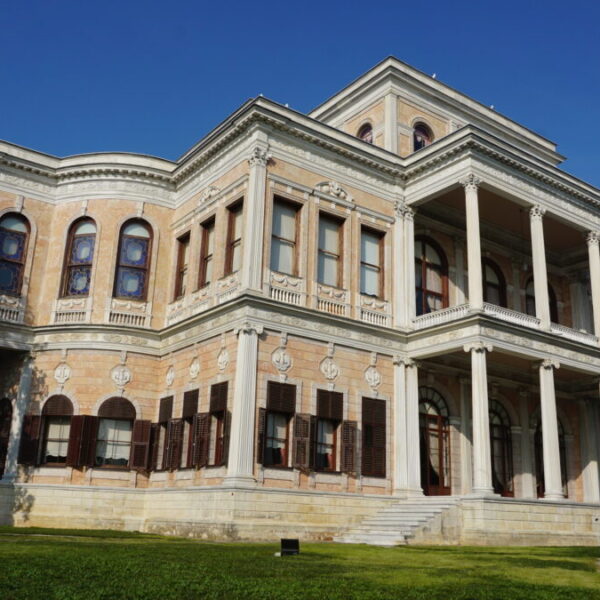In the folds of the Mediterranean basin, often architecture carries within it the tremors of history. A whitewashed facade, a thatched roof, a crumbling courtyard are sometimes enough to evoke erased stories. Here and there, building is not just about construction: it is about preserving, transmitting, sometimes resisting. For the walls can hold memory, and their survival involves much more than a legacy of stones.
This article is a summary of 5 articles on the theme of architecture, published in 22-med, available in the 11 languages used on the site.
The “Bauhaus”, an emblematic architectural form of Tel Aviv: Caroline Haïat - Israel
Memories of Stones: Sana Tamzini - Palestine
The Architecture of the Khedives, Forgotten Heritage of Istanbul: Tuğba Öcek - Turkey
The Peasant Barracas of Valencia, Between Oblivion and Renaissance: Jorge Dobner & Cristina Grao - Spain
Syria to the Rescue of Its Traditional Built Heritage: Edward Sfeir - Syria
Behind the whitewashed walls of the Bauhaus or the faded facades of Nablus, a common thread emerges: to build is to tell a story. In the cities around the Mediterranean, architecture transcends aesthetics to become language, refuge, or struggle. In Tel Aviv, Istanbul, Damascus, Nablus, or Valencia, the stones speak of exiles and returns, social transformations, and wounded memory. But also of local initiatives, often fragile, that attempt to repair the urban and symbolic fabric.
Bauhaus in Tel Aviv: Modernity as Heritage
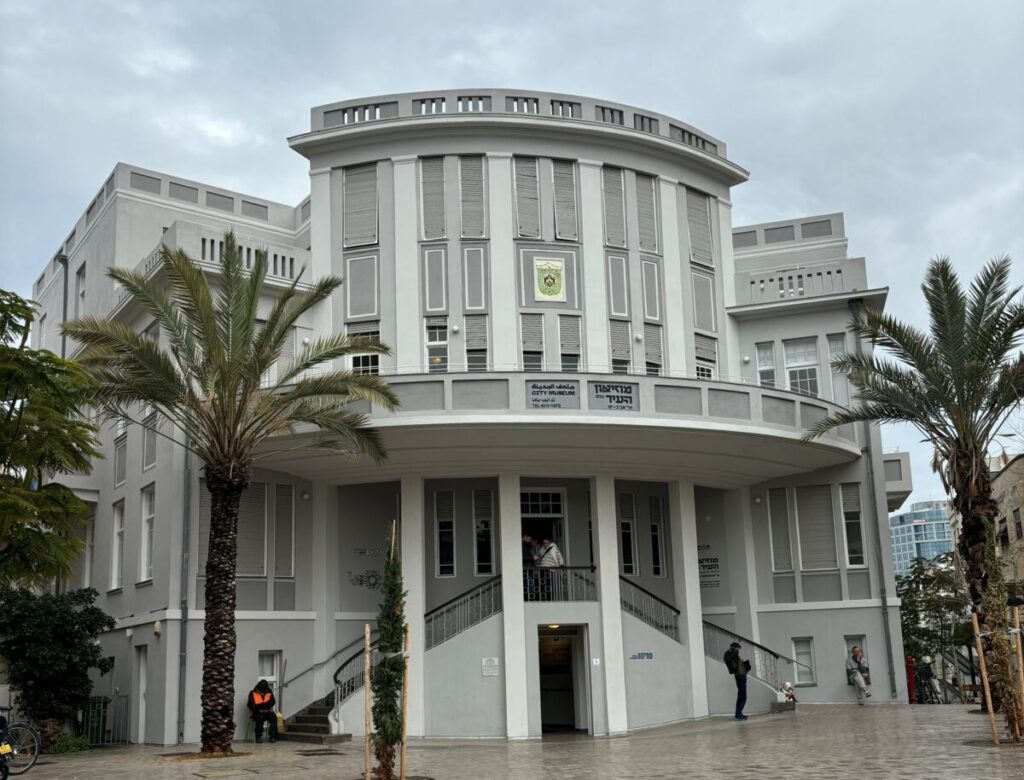
In the "White City," the influence of Bauhaus shapes a unique urban landscape. Born in post-war Germany, these modernist principles found a second life in Tel Aviv, brought by Jewish architects trained in Weimar. Between geometric lines and structures freed from load-bearing walls thanks to reinforced concrete, buildings such as the Soskin House or Café Sapphire express a desire to break with the old world.
Today, protected by a dedicated perimeter, these 4000 buildings form a coherent ensemble, of which 190 are classified as UNESCO World Heritage. The Bauhaus Center, founded in 2000, extends their memory and transmission through exhibitions, publications, and tours. Thus, Tel Aviv becomes a living laboratory of Mediterranean modernism.
Nablus: Houses as Shared Memory
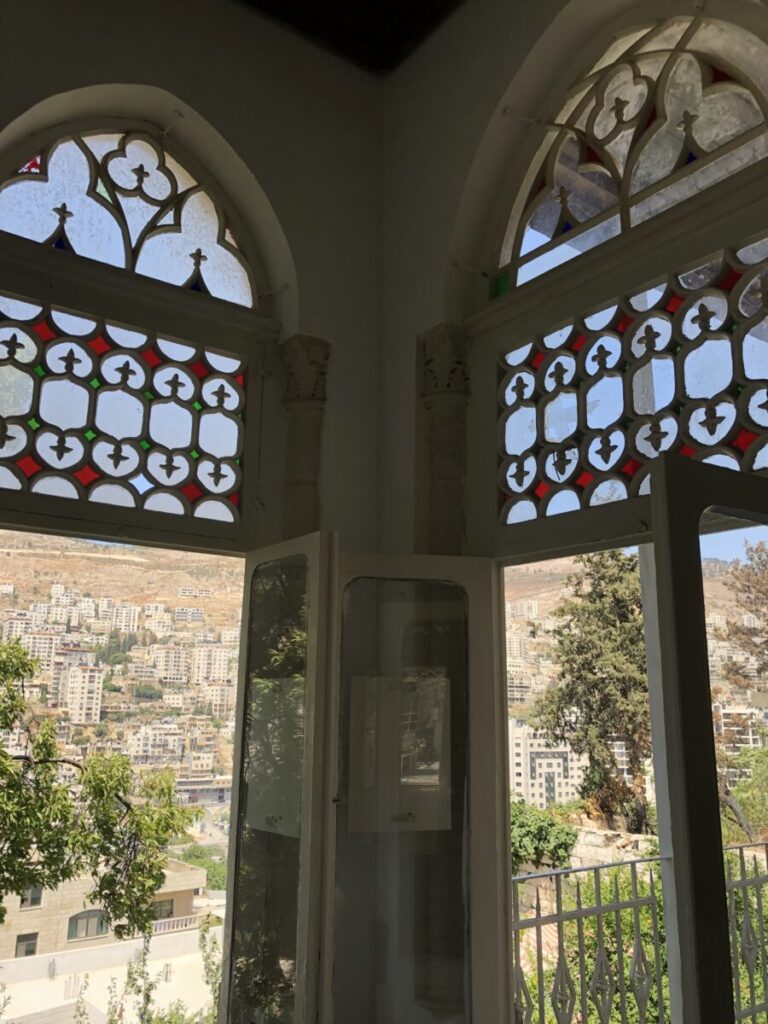
Away from the old city, Eman Al Assi has documented 22 houses from the early 20th century. These are not ruins but stories, spaces marked by the political, economic, and social history of the Levant. Soap factories, female figures in education, links between trading cities like Jaffa and Damascus: each house reveals a layer of Palestinian past.
This research highlights a marginalized aspect of heritage, often overlooked by institutions. It emphasizes the vital link between inhabitants and places, and the obstacles to preservation: fragmentation of property rights, forced abandonment, legal hurdles due to occupation. Documenting becomes an act of resistance, a way to keep a threatened urban memory alive.
Istanbul: The Forgotten Imprint of the Khedives
Between the Nile and the Bosphorus, a dynasty discreetly reshaped Istanbul. The Khedives of Egypt, trained in Europe, left an unknown architectural legacy. The Beykoz Palace, the Emirgan pavilions, the Khedive Palace of Çubuklu, and the Mısır building testify to a hybrid style, blending Art Nouveau, Neo-Renaissance, and Ottoman traditions.
Hospitals, villas, museums: these buildings illustrate the cultural influence of the Egyptian elite within the Ottoman Empire. Their stories traverse uses—housing, care, art—and the materials sometimes come from afar. These places are today discreet milestones of a transnational Mediterranean history, between family memory and built heritage.
Valencia: The Barracas, Between Oblivion and Renaissance
Modest huts made of reeds and earth, the barracas were the habitat of fishermen and farmers of the Valencian huerta. Neglected throughout the 20th century, they are now the subject of renewed interest. While official protection remains insufficient, local initiatives, such as that of the Club Alcatí, are working for their preservation.
Respectful restoration, tourist circuits, living museums: the barraca becomes a tool for transmission. Some, like the Barraca del Tío Aranda, benefit from strong heritage recognition. Others come to life through private or university projects, such as the Azalea Project, which has reimagined this type of habitat in an ecological, modular, and autonomous version. A rural memory is being reinvented in the 21st century.
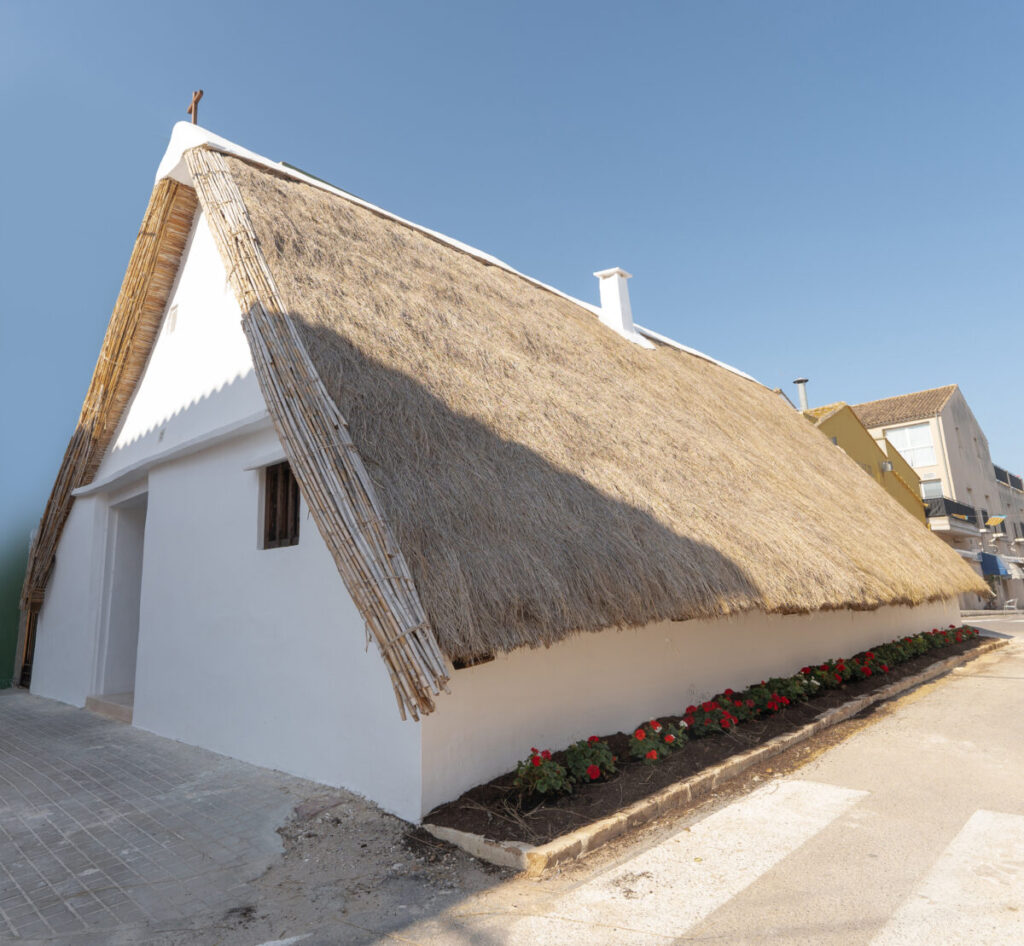
Damascus: Restoring to Resist
In Syria, traditional houses with inner courtyards, adorned with jasmine and fountains, are under threat. Built from natural materials, they offer remarkable climatic qualities and valuable artisanal richness. But war, urbanization, and financial constraints are pushing them towards erasure.
In response, local initiatives are emerging. In Damascus, some residences are being transformed into hotels or cafes, such as Mamlouka or Al-Wali, where the architecture is preserved while adapting to new uses. The Al-Nawfara café, with its 500 years of history, perpetuates the tradition of storytellers. These projects show that heritage and local economy can mutually reinforce each other, provided that administrative burdens and investment shortages are overcome.
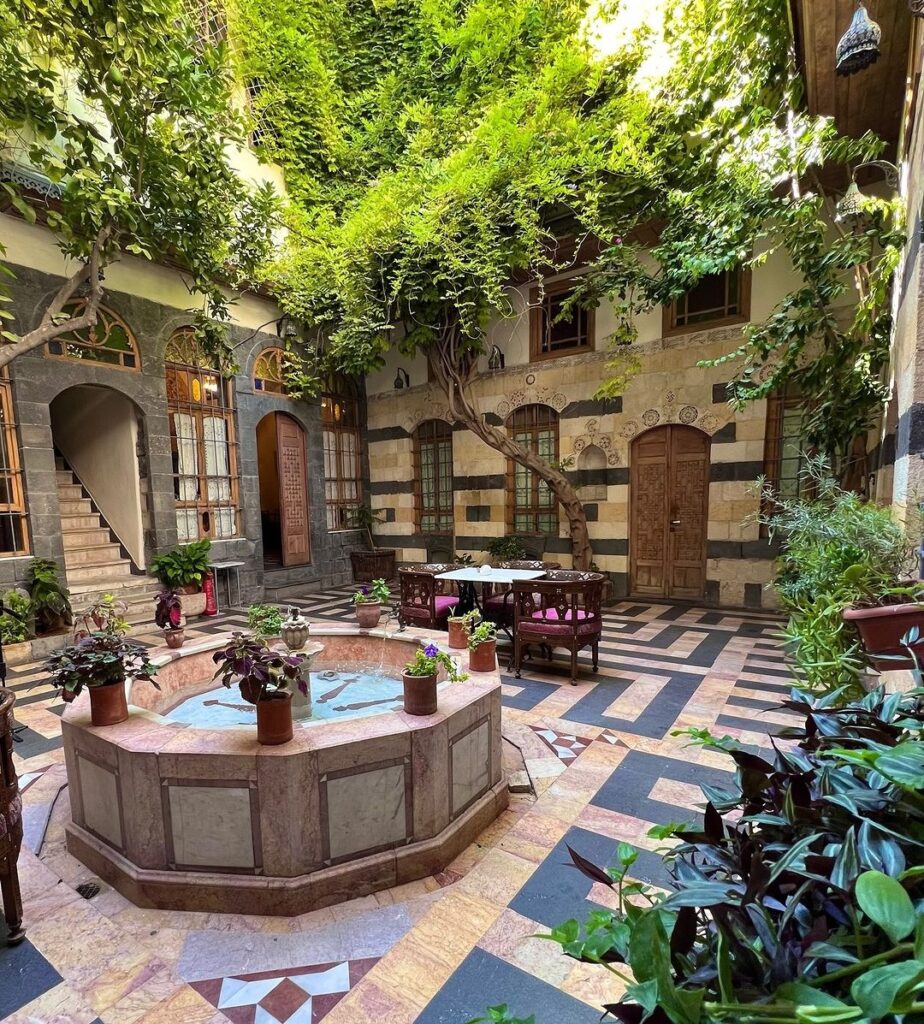
Photo of the Cover: The Beykoz Palace © Tuğba Öcek
